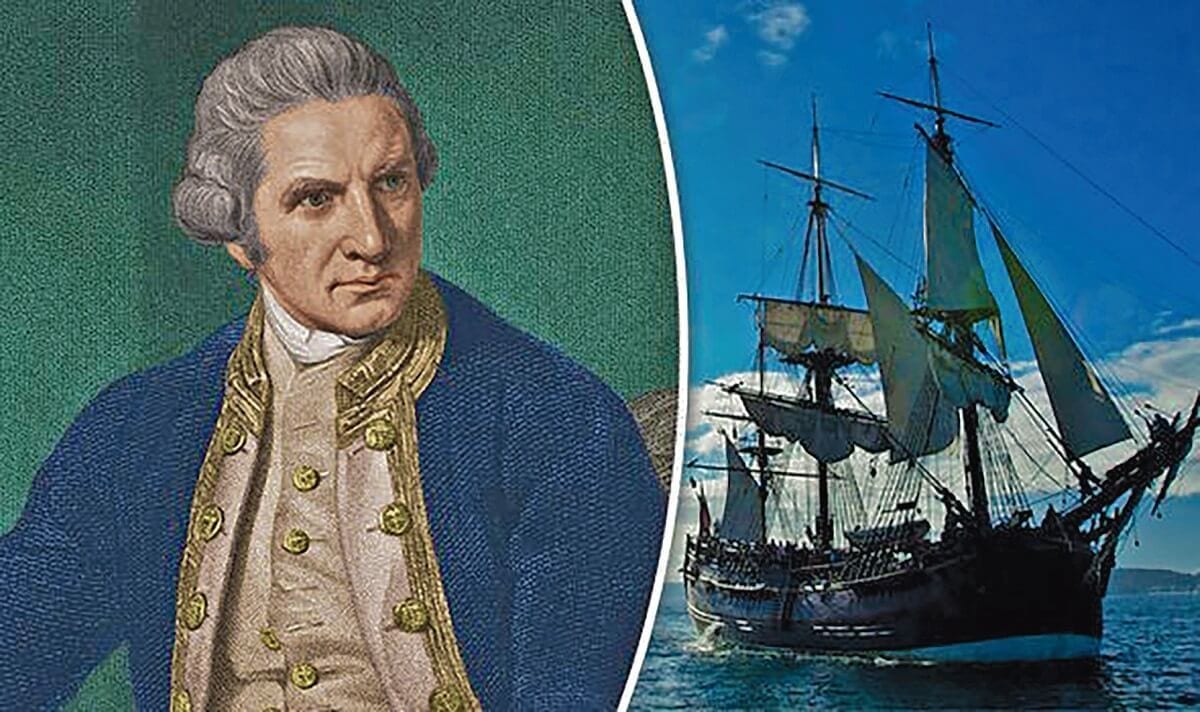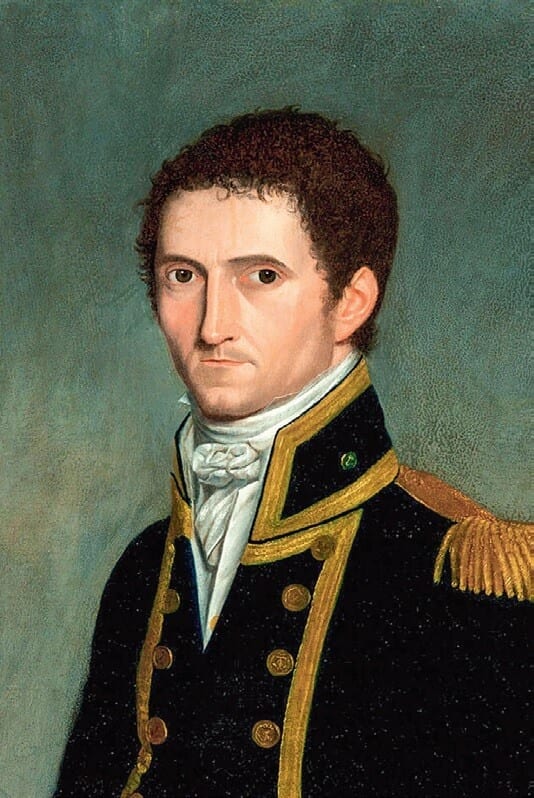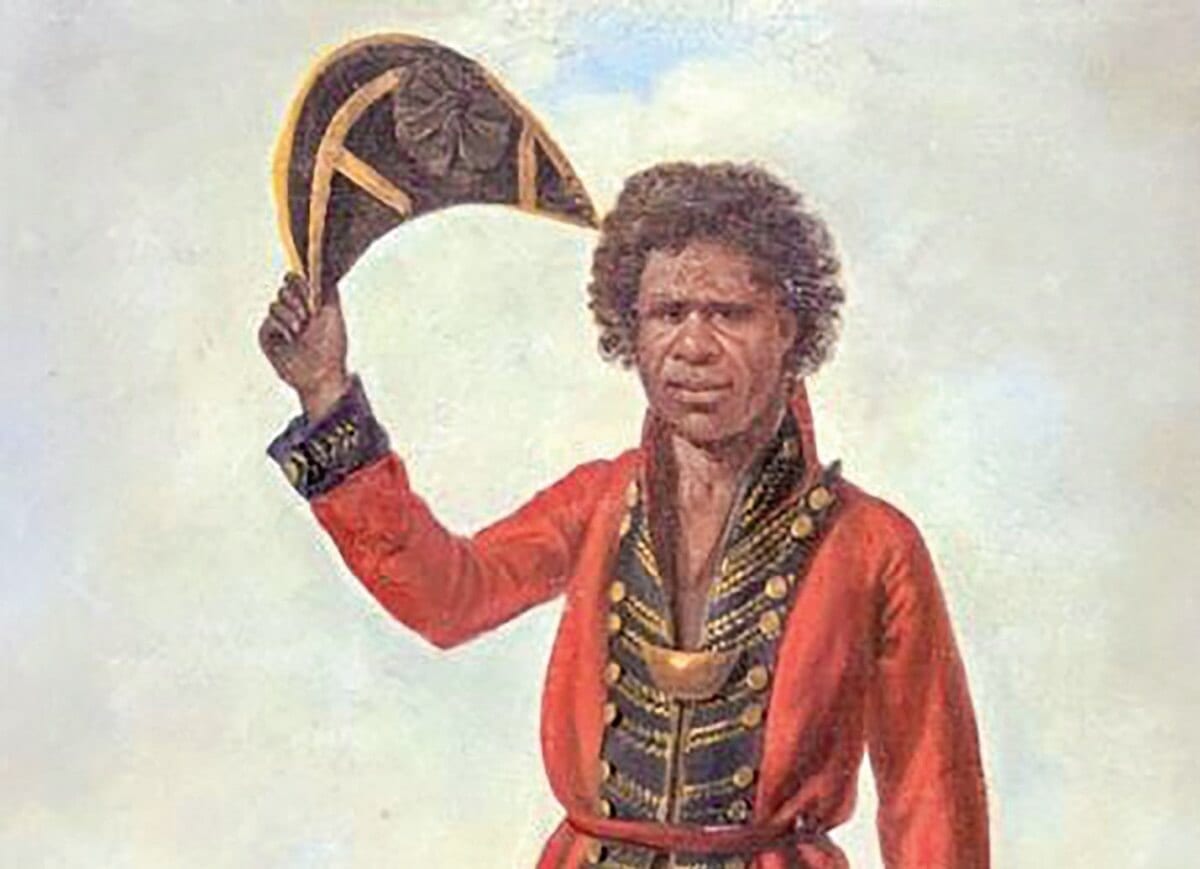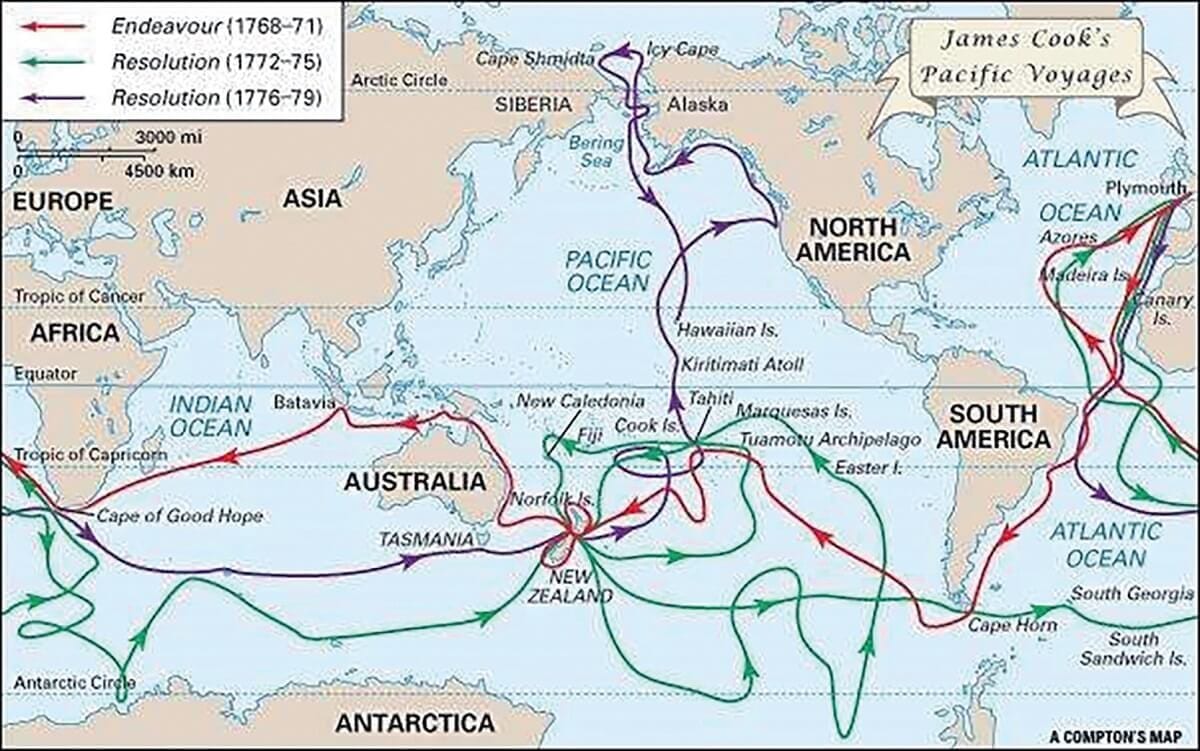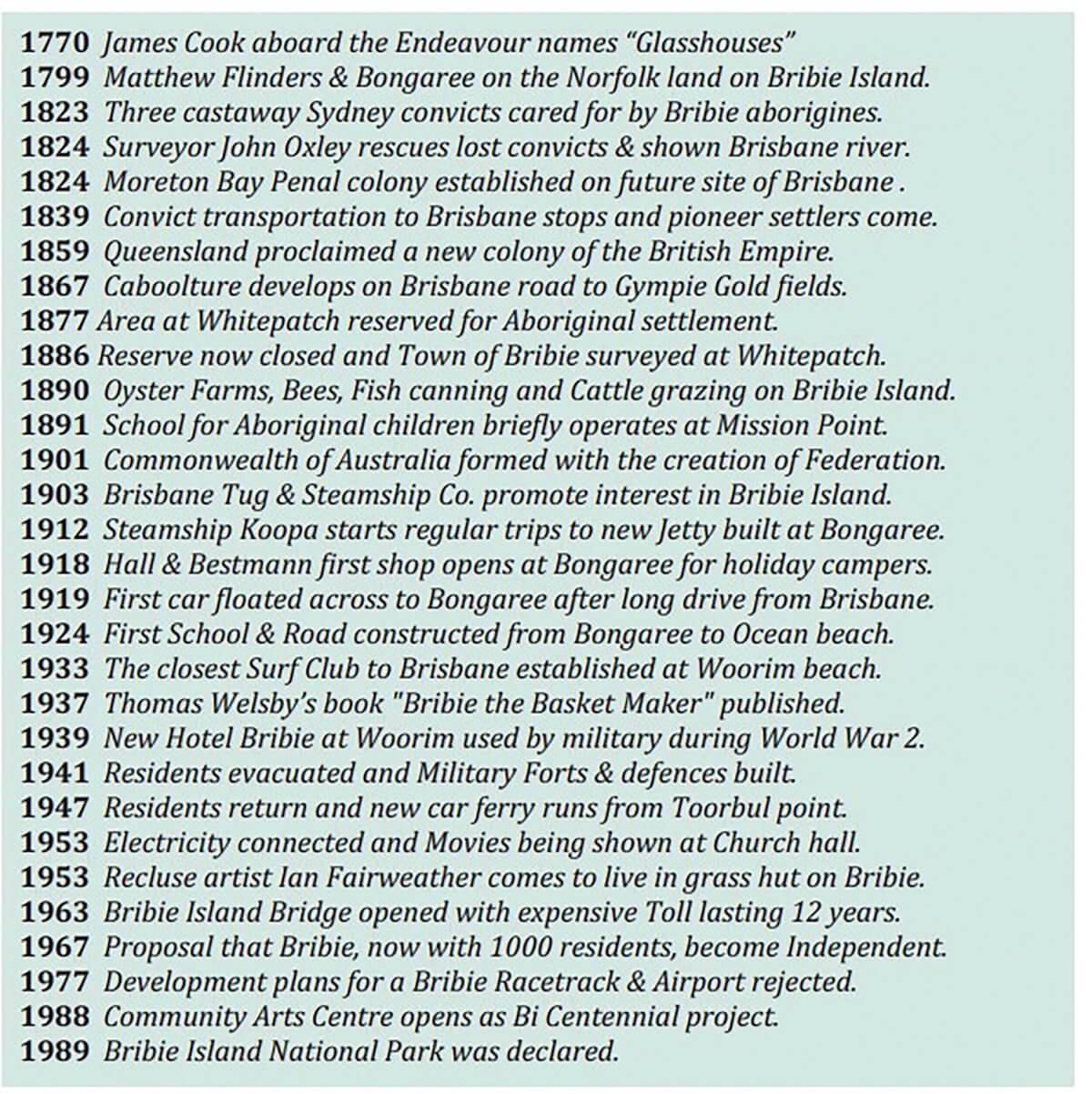Tags: Captain Cook. History. Historical events. Queensland. Australia
In a few months’ time, we will all be preparing for the start of the year 2020, which is the 250 year Anniversary of James Cook being the first to sail and claim the East Coast of Australia in the name of King George the Third in 1770. He sailed along the east coast of Australia, landing only three times, and naming several prominent landmarks including Cape Mor(e)ton and The Glasshouses, their distant shapes reminding him of Glass Factories in his distant homeland.
Cook and the crew of the Bark “Endeavour” had been sailing for nearly two years already, and they were well off the coast so did not actually see the Bay or any islands. Cook and naturalist, Joseph Banks had left England in 1769 to observe the “Transit of Venus” from the remote island of Tahiti and then went on to be the first to circumnavigate and map the entire coast of New Zealand, before continuing south-east and hitting Australia. James Cook is generally regarded as having “discovered” Australia in 1770, but several Dutch, French and Portuguese explorers had previously sailed and mapped much of the West, North and South coasts.
Able Tasman has charted parts of what he named Van Diemen’s Land (Tasmania) and New Zealand in 1643, which was 127 years earlier, but he did not know they were close to a much larger land mass. Frenchman Jean de Surville had also sailed quite close to the east coast of Australia a few months before Cook, and his crew reported being able to “smell land”, but they did not actually see it. De Surville and Cook also sailed almost within sight of each other at north New Zealand in December 1769, but again did not actually see each other in the vast expanse of Ocean.
Australia had come very close to being claimed by the French. After returning from his first voyage in 1771 Cook went on to conduct two more significant world explorations, for a total of eleven years. What a remarkable navigator, cartographer and ship’s Captain he was. On board the “Resolution” from 1772 to 1775 he explored vast areas of the south Pacific Ocean searching for almost two years, without success for what was thought to be a “Great South Land”.
He went in the “Resolution” again from 1776 to 1779 seeking a hoped-for North West Passage, around the top of North America to find a sea route to Europe. Unable to find a passage through the frozen north he returned to Hawaii where he was killed in an unfortunate incident with the natives. Returning from their first journey James Cook and Joseph Banks reported finding the coast of a new land (they called New South Wales).
The report of their brief landing at what they called “Botany Bay” in 1770 led to a decision 18 years later to send a “First Fleet” of 11 ships, laden with convicts to settle on the other side of the world. Australia was once again so very close to being French. When the First Fleet ships arrived in 1788, after 9 hard months of sailing uncharted waters, with such a difficult cargo, they arrived in the same week as Frenchman La Perouse and his two exploration ships.
They stayed peacefully for a few weeks before La Perouse two ships sailed away. They were never seen again ….they simply disappeared off the face of the earth …..and despite subsequent searches by the French Government, no trace was ever found!! This year 2019 is the 220th Anniversary of the first white man to land on Bribie Island. When Matthew Flinders aboard the sloop “Norfolk”, with his aboriginal companion Bongaree were sent to explore Moreton Bay in 1799, just 11 years after the arrival of the First Fleet.
Flinders and his small crew were the first white men to set foot on what is now Bribie Island and climb a Glasshouse mountain. Flinders went on to be the first to sail right around this entire continent which was later named Australia.
The Colony of Queensland.
It would be another 60 years before Queensland was separated from NSW in 1859 to become a new Colony of the British Empire. In those 60 years, there were very few who came to this desolate Island. Within a hundred years of the first sighting of this coast by Captain Cook in 1770, the Aboriginal population of Moreton Bay had been reduced to just a few. This resulted in the establishment of Queensland’s first Aboriginal reserve being set up here at Whitepatch on Bribie Island 1877.
In 1891 Bribie Island was briefly visited by Archibald Meston, an Explorer, Author and Politician who made this now famous comment…… It is therefore quite remarkable that just 17 years later some Brisbane businessmen developed Bribie Island into Australia’s first Island holiday destination. In 1912 they built the Jetty at Bongaree, started Steamship trips, and saw Bribie develop as a destination for mass tourism. These remarkable boom years for Bribie Island were interrupted in the 1930s by the “Great Depression”, and soon after that came World War 2.
This led to great change as the Military moved in, and most residents were moved out. The “Steam Ship Excursion” trade resumed again after the War but by now the Motor Car was becoming popular, and people braved the dreadful roads to bring their car by barge to the Island. In 1963 a bridge was built and the Island was joined to mainland Australia. Looking back over those 250 years the Island has experienced many remarkable events, Here is an overview of some of the key dates and events in the History of Bribie Island.
MORE LOCAL HISTORY
The Historical Society has monthly public meetings at the RSL Club on the second Wednesday of each month commencing at 6:30 pm with interesting guest speakers on a wide range of topics, and you can see many more photos and articles on our Blog Site at http://bribieislandhistory.blogspot.com or contact us on [email protected]
